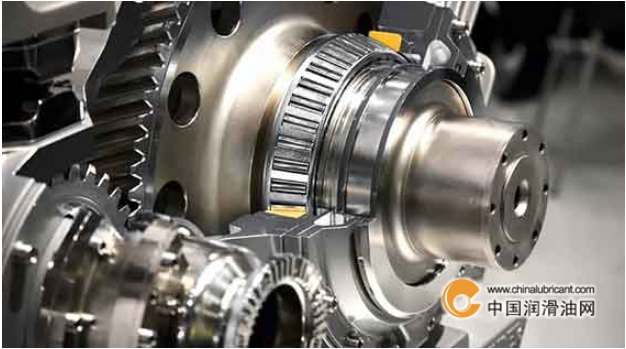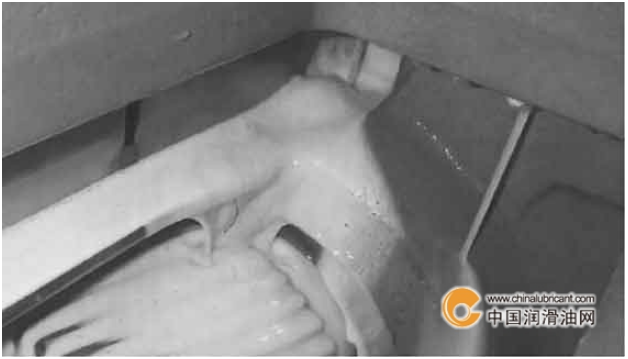When gear equipment is in operation, air is often drawn into the gear oil, leading to foaming within the oil reservoir. Foaming can significantly negatively impact the performance of lubricants, such as their oxidative stability and heat dissipation capabilities. Excessive foaming might result in foam being forced out through the vent holes. In cases of pressure-fed lubrication, there's a risk that foam could enter the oil pump, potentially causing noise or equipment damage. Given this scenario, two critical questions arise:

Causes of Foaming
There are many possible causes of foam formation, and they are often influenced by the operating conditions. Before taking any further action, it is necessary to understand the gearbox and its surrounding environment in order to reach an accurate conclusion.
If significant foaming occurs shortly after the system starts up, it may be due to inappropriate design characteristics that need to be corrected accordingly.
If excessive foaming appears after the system has been running for a long period of time, it could be related to modified foaming behavior of the lubricating oil itself.
However, this does not necessarily mean that the gear oil must be replaced immediately. If the foam volume increases by less than 15%, even if the load-carrying capacity decreases slightly, it may not lead to actual performance loss. In general, common causes of foaming include:
Mixing of gear oil with products from other brands; contamination by bearing grease, dust, or water;
In circulating lubrication systems, antifoam additives may be removed by filters. Additionally, aggressive oil circulation, excessively high pump pressure, undersized oil line cross-sections, and air intake can all contribute to foaming;
In splash lubrication systems, improper fill levels, or unsuitable tank/gearbox geometry can also lead to bubble formation.

Foam Resistance Testing for Gear Oils
Gear oil should possess good air release properties and foam resistance. The requirements for foam resistance include the ability to rapidly separate air dispersed within the oil and effectively prevent the formation of persistent foam on the oil surface. Foam is formed when air bubbles rise to the surface of the lubricating oil. High-quality lubricants must allow these bubbles to break as quickly as possible, keeping foam levels at a minimum.
Solutions to Foaming Issues
In practical applications, if significant foaming has already occurred, the problem can be mitigated by adding anti-foaming agents. However, care must be taken not to overdose, as excessive concentrations of anti-foaming additives can negatively affect the oil’s air release performance.
In addition, the operating environment of the gearbox should be analyzed and potential sources of contamination—such as dust or coal powder—should be eliminated. Regular maintenance of the gearbox is also important. When changing the gear oil, consider performing a more thorough cleaning of the system.
If the above measures fail to alleviate the foaming issue, it may be necessary to switch to a gear oil with improved foam resistance.
Disclaimer: This article is reprinted from China Lubricating Oil Network.